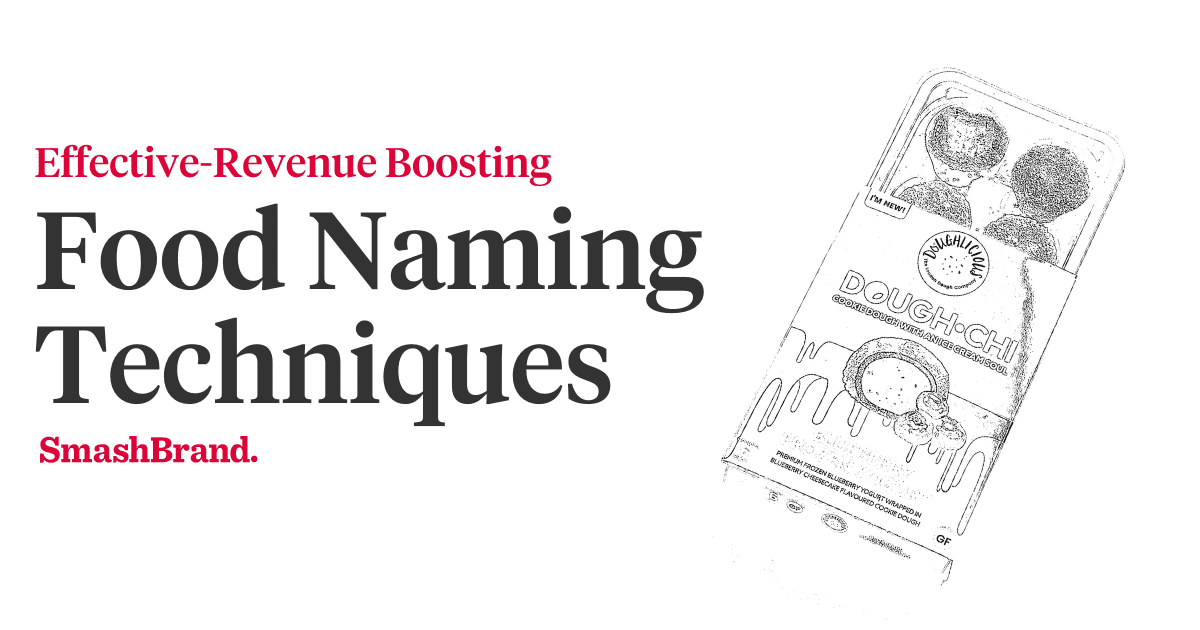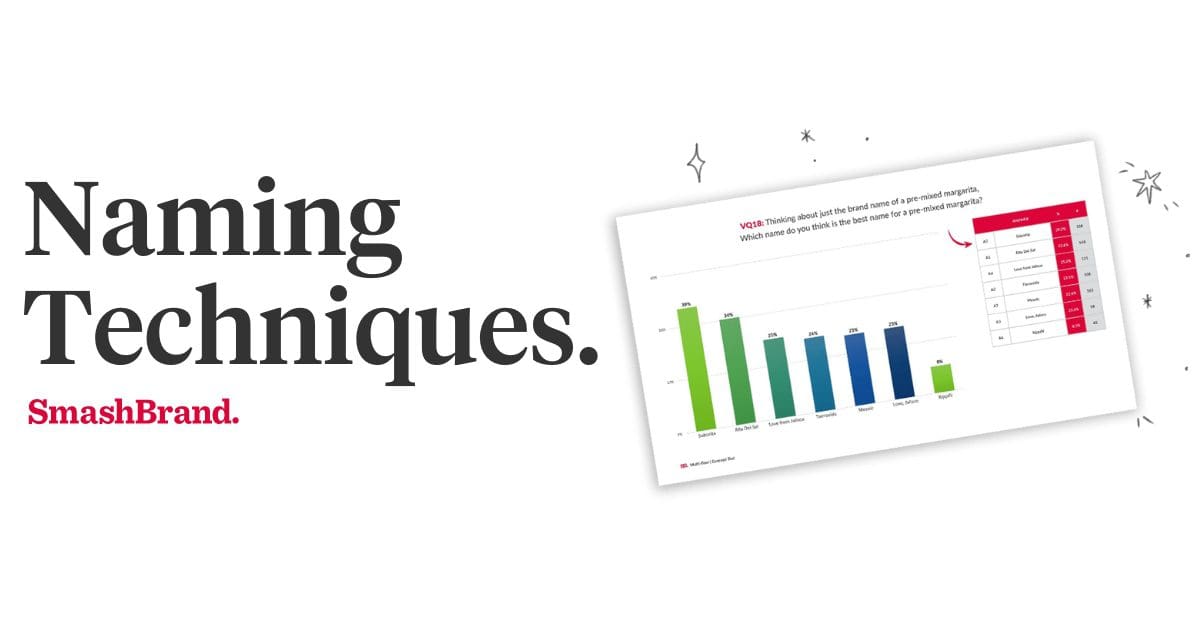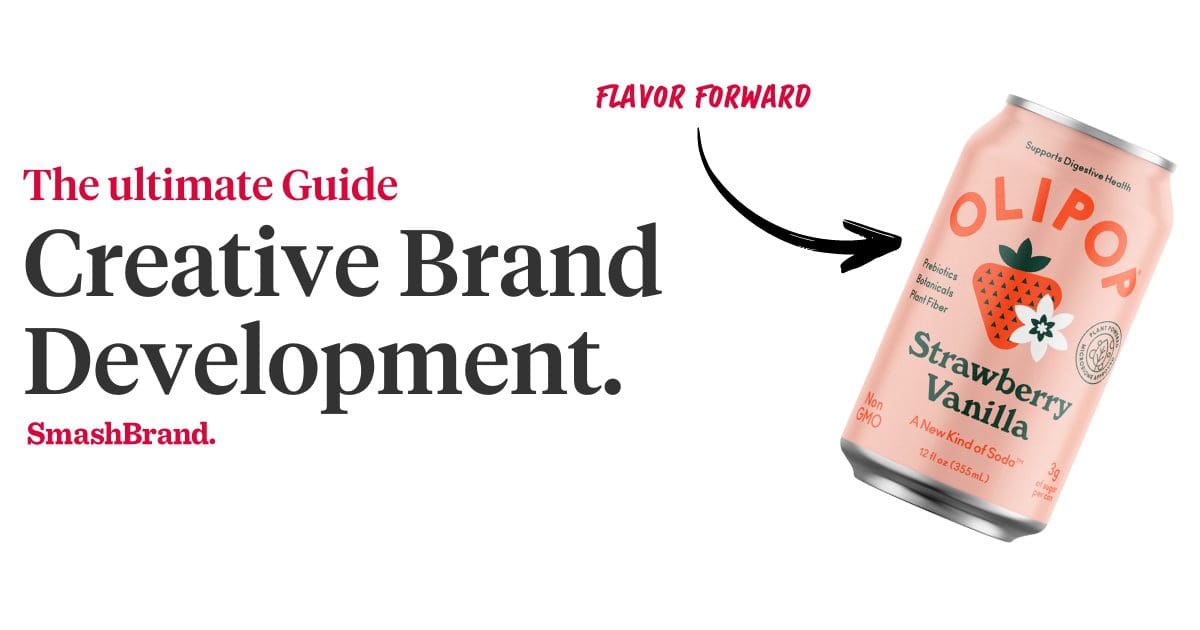Listen to This Article

Creativity in graphic design is all over the cereal industry, but innovation in product packaging has been stale for several decades. It baffled us why cereal packaging has been stagnant for so many years. It doesn’t have to be this way, as there are plenty of packaging innovations offering solutions to the problems traditional cereal packaging design creates.
In this article, you will learn about how the cereal industry has changed in recent years. You will understand how cereal brands can capitalize on a growing market that reaches more demographics. You will learn ways to stand out on colorful supermarket shelves.
Let’s find out why cereal has maintained such a stronghold in the food industry and how we can break the mold, creating a cereal package design that performs. Before finding out how to break the traditional cereal packaging design rubric, let’s look at innovations that got us to where we are today.
Get your Hands on the SmashReport!
And enter to win a FREE brand diagnosis worth $20,000.
*The SmashReport is a monthly newsletter for FMCG and CPG brands, helping them stand out in the competitive retail marketplace.
The Same Ol’ Product Cereal Packaging Design
Mostly, packaging for breakfast cereals has been the same since the middle of the 20th century. We have come a long way from Dr. John Harvey Kellogg’s first cereal offering that was served to patients of his sanatorium clinic. But as of late, how we present our product hasn’t much changed.
Innovation seemed to stop at the inception of the plastic bag surrounded by a cardboard box. From this point, we left modernization to boxed cereal graphic design and what it held inside. Cartoon characters resonated a youthful message of fun while creating branding beyond the package and into the lives of the consumer.
Almost every cereal company adapted this marketing strategy, resulting in a rising industry but not a shining star.
Back of Package Activities
You are probably old enough to remember the fun facts, crossword puzzles, and mazes found on the back of the package. At some point, marketers recognized that creating an experience beyond the taste and fullness increased repeat purchases.
Breakfast cereal packaging design included activities, making the experience more rewarding. The activities were simple because brands understood that cloudy minded brains were sitting at the table.
What’s Inside the Box
Again, we must give a round of applause to Mr. John Kellogg. It was his idea to include a prize in the cereal box. There have been reward variations over the years, including books, samples, toys, and more. Because of safety reasons, these gifts disappeared for a while, but are reemerging into today’s cereal boxes.
Box Tops For Education
Taking a note from other food packaging designs, General Mills created a giving back strategy.
Rather than waste the top of the box, which is one of the least marketable panels for a cereal brand, General Mills used it for good. Kids could collect box tops parents would mail in helping educate those in need.
In an era where people rarely collect coupons, this box top idea has continued to hold a place in the parents’ mind. Thankfully, we now scan box tops rather than mail them in.
Cereal Packaging Design For Today
Time marches forward, and it is time to think about designing alternatives. Although we’ve gotten used to standard breakfast cereal packaging, wouldn’t it be nice if that packaging was a bit more convenient? Maybe a touch more modern? The future of cereal packaging requires answers to these questions.
Rethinking the Cereal Packaging Design
We’ve grown accustomed to boxed cereals – they’re easy to stack and display – but we might have grown to accept the design because that’s what we’re used to. Also, the only other alternatives were the generic versions from private label brands that packaged cereal in bags.
Consumers regarded these bulk cereal alternatives as flimsy and difficult to store. In most cases, requiring a separate container for convenient storage. From a marketability standpoint, they cannot compete against the traditional cereal box design space.
Finding a well-designed alternative is the goal for any food packaging manufacturer. Brands want to both appeal to the market while standing apart from the competition.
Resealable Packaging
Resealable packaging design for cereal boxes has not been foremost on the brains of major cereal manufacturers or packaging design companies. Even as the public cried for cereal boxes with easy to open bags that reseal without the aid of outside tools, it isn’t a ubiquitous design. The social media cereal box hack is only fun for so long.
At first, we may think that a resealable packaging design for cereal is a straightforward decision. Why wouldn’t consumers respond favorably to packaging that takes product storage and freshness into account? Well, there are a few loopholes in the formula.
First, determine exactly what sealing mechanism is best for the consumer. There are food brands that use tape-seal designs, but researchers found that these are the least favored by consumers of any on the resealable spectrum.
According to a small survey conducted by marketing consultants Watch Me Think USA, consumers don’t respond favorably to all methods of resealing. Consumers prefer zipper seals, or seals strong enough to secure the package for the life of the product, while malleable enough to re-open multiple times.
This minimal investment solves a major problem that cereal consumers face. Unless trying to be the low price leader, there isn’t a good reason for not including a resealable feature in your cereal package design.
Adult Cereals
Cereal is attracting a new type of buyer. Well, technically, they have always been a consumer, but their needs are different now.
Oh, and that consumer is most likely you. Those who grew up on Rice Krispies still find joy in pouring milk over a bowl of carbohydrates.
Unfortunately, while we enjoy the experience a bowl of cereal offers, we don’t like how we look and feel afterward. High-sugar and processed cereals no longer give us the result we hope for. Creating adult cereal products demands a healthier approach.
Sure, a portion of the population couldn’t care less about calories and ingredients. But if you hope to market to most adults, you are using natural ingredients with a more macronutrient balance. But how does this impact your cereal packaging design?
As with all health and wellness products, it is how you communicate the message. What are you doing to enhance product freshness? Where are you sourcing your ingredients? Is your product vegan? All good questions…
But the biggest question is, how do you design an adult cereal for the kid at heart? Many of the children’s cereal packaging designs carry over into the adult demographic. Finding a balance between the mind and our memory-induced emotions is crucial.
Sustainable Packaging
Piggybacking on the CPG trend for adult cereals, sustainability in packaging has found its way into the cereal aisle. Natural products often include eco-friendly packaging. Some go as far as using a compostable packaging material, which they promote proudly.
But not all products should include a biodegradable cereal packaging design. While it may be something a consumer feels is important, that doesn’t mean it increases their likelihood of purchasing your product. Even if sustainability is a part of your brand strategy, you want to test the impact that this purchase driver has on purchase intent.
Marketing Solutions For Cereal Boxes
Boxes have been the standard for decades and stamped firmly in the public imagination. But that doesn’t mean you cannot innovate within the framework of a consumer’s expectations. In fact, you can enhance the box design and set new expectations for the cereal industry to follow.
Since we expect our cereal to be packaged in boxes, that is what we look for. When we see something packaged differently from the rest of the competitors, it either raises interest or a red flag. For cereal boxes, big changes most likely result in a red flag.
Here’s an idea: What if you use flat-bottomed packaging with a different upward shape? If marketing to kids, what if your cereal came in the shape of a rocket ship with an easy pour spout?
But before deciding on a packaging innovation, first consider the retailer. If the custom cereal box is frustrating and hard to display, expect your shelf positioning to be in a less desirable location.
The idea of a flat-bottomed custom cereal box remains a good one, since this type of packaging maintains a similar brand display and easy-to-store position. Product protection is greater with the structure.
The surface area of a sturdy upright bag is a good canvas for the brand’s label design. This tells the customer that while the packaging might have changed, the product remains the same.
Cereal Packaging Design That Performs
Looking for a creative cereal concept that performs on-shelf? Our packaging design agency takes your cereal box from design to print.
Our package design strategy creates a cereal box template that is tested with various product messaging and graphic designs. The result is packaging that increases purchase intent and brand recall.
Discuss your project with our team.





